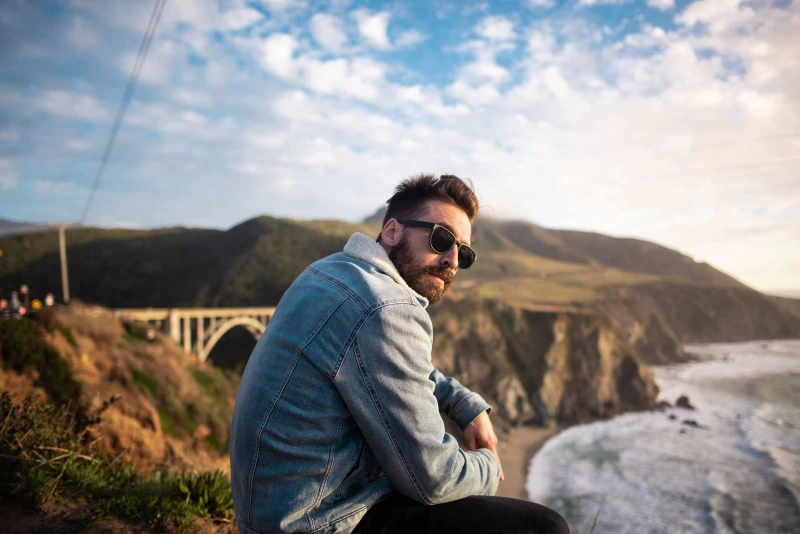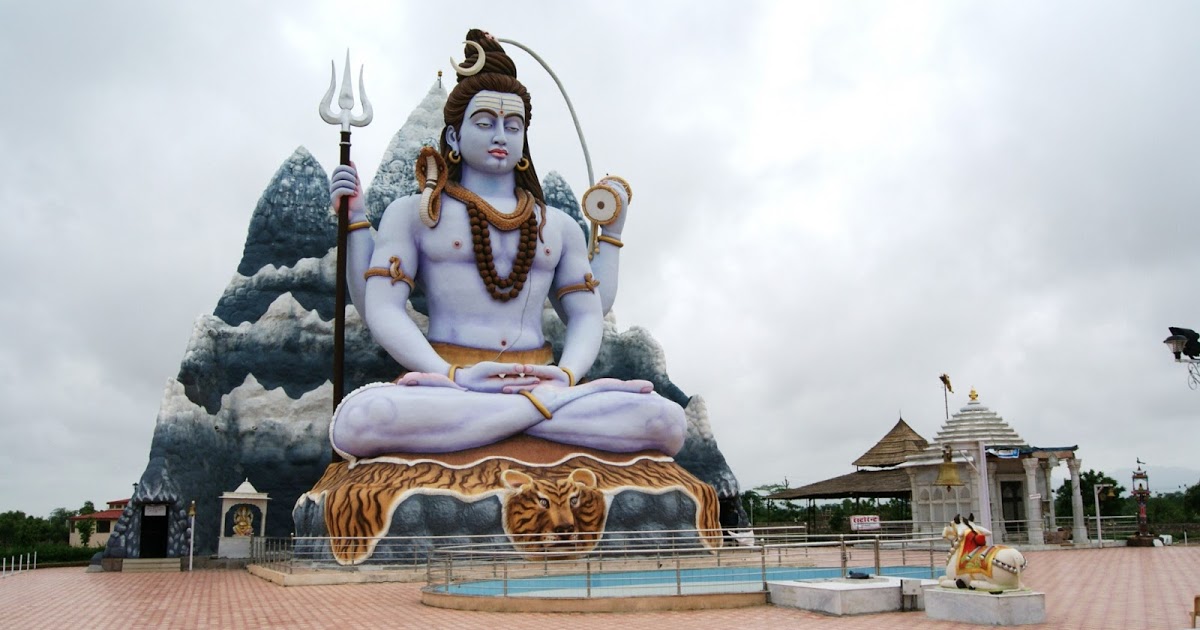
Why Sunglasses Are Crucial For Himalayan Trek- Ngtraveller
Travel through the snow, doesn't the same idea conjure up magical images in your mind? The snowy landscape surrounded by a bright blue and green sky is a beauty to see.
Doesn't this description want us to go on a snowy date?
Yes of course! And if you have the spirit and the enthusiasm, then there is nothing to stop you.
But keep in mind, along with your enthusiasm, a few essentials that are essential to making your snowboarding trips a success.
Today we are talking about one of the important accessories for trekking in the snow, sunglasses!

To the uninitiated, sunglasses may seem like a frivolous accessory (read the fashion article) that is last on your list of snowmobile must-haves. On the contrary, investing in quality sunglasses is always a priority for enthusiastic hikers and hikers. Let's learn step by step why the importance of sunglasses cannot be overlooked.
It is a common fact that ultraviolet rays, known as UV rays, are harmful to the eyes. Long-term exposure to ultraviolet rays can lead to serious conditions such as pterygium, cataracts, or skin cancer around the eyelids. Some of these conditions can permanently obstruct your vision.
Also Read: Crampons Vs Microspikes: What To Use For A Trek? Ngtraveller
So you need UV protection sunglasses on a snowy hike at high altitudes due to your increased UV exposure.
But, why does one have enhanced exposure to the sun on a snow trek? Let’s discover
Altitude: As you measure higher altitudes, the layer of the atmosphere becomes thinner. This increases exposure to harmful rays because the ability to filter these rays is reduced. Therefore, to protect your eyes from prolonged exposure to the sun, you need high-quality sunglasses.
Snow Blindness: Snow blindness is a temporary blindness caused by prolonged exposure to sunlight in snowy areas at high altitudes. In medical terms it is called photokeratitis. Image means light and keratitis means keratitis. This condition can be caused by the sun's reflection off snow because glaciers and snow reflect approximately 95% of the harmful rays. This increases your exposure to the sun.

That sounds quite dangerous. Is there a way to protect your eyes?
Of course, there is no rocket science. An easy way to protect your eyes is to invest in quality glasses. Normal sunglasses will not work, but one should look for the following features when choosing sunglasses for the Himalayan trek:
Lens Material: UV protective sunglasses have two types of lens material: Polycarbonate or Trivex (NXT). Both lenses absorb 100% of the rays and are light and thin. However, Trivex lenses have better quality and optical clarity. Both lenses have a scratch resistant coating that provides optimal durability.
Lens Class: Lenses for hiking sunglasses in India or worldwide are rated by VLT (Visible Light Transmission). VLT is a measure of the percentage of the lens that enters through the sunglasses.
Lens color and gradation: yes, color is important too. The color of the lens will determine the shades in which you will see the beautiful landscapes of the Himalayas. Gradient glasses are not recommended for snow and ice tours due to their gradually varying darkness. The best choice is the gray, brown, amber and red tints of the lenses of high altitude sunglasses.
Protective Shield: Best to have maximum protection from the sun while embarking on a snowy hike. Look for sunglasses that offer protection even from the sides for maximum coverage.
Also Read: How to Safely and Comfortably Hike With a Camera on Your Next Adventure
Anti-fog coating: you move through changing temperatures during a snowy high-altitude flight. Fog occurs when there is a change in temperature and this layer of fog on the lenses obstructs vision. Therefore, when choosing your sunglasses, look for ones that have an anti-fog coating.
Strap: A strap may seem like an avoidable accessory, but it is very important. Keeps sunglasses in place and prevents them from falling off.
Temple Pads: Wearing sunglasses for a long period of time can damage the temples. It is better to have temple pads to reduce pressure on the temples.
Nose Grip: The length of the temple pad and nose grip make it easy to securely attach the sunglasses to the bridge of the nose.

Those with perfect vision can wear sunglasses without having to worry too much. But what if you actually wear sturdy glasses? You may be wondering, how do you wear sunglasses over your strong lenses? Here are some options:
Sunglasses over your specs: Wearing contact lenses can be a big problem on a trip. Some hikers wear sunglasses over their goggles. It gets a bit uncomfortable on the nose and temples, but it's still a better option than wearing contact lenses or not wearing sunglasses.
Also read: Planning Your First Solo Trip? Here Are Some Useful Tips- Ngtraveller
Hiking Sunglasses with Power Lenses: This is the most comfortable option for hikers who wear glasses. Your best option is sunglasses with polarized lenses that adjust to the wearer's strength. But this option is a bit expensive.
Snowboard Sunglasses: Clips are additional lenses that you can attach to your electric goggles. It is very easy to handle as it sticks and comes off easily. This option is cheaper than custom designed sunglasses.
Fitted Sunglasses: Fitted sunglasses are made from lightweight shells that fit comfortably over sturdy glasses. Slotted sunglasses are similar to a clip, but instead of simply attaching a pair of lenses to your glasses, you wear full sunglasses on top.














